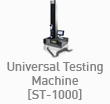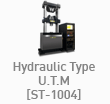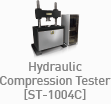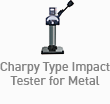|
Strain gauge (Strain gage) sensors for strain measurement
Strain gauge
A strain gauge (aka strain gage) is often used to test the extension, elongation or strain of a specimen. Strain gauges give the benefit of being flexible, cheap and the contacts being low stress to the sample. Often used for metals, composites, carbon fiber and other advanced materials that require strain measurements.
The strain gage is stuck to the specimen directly and by measuring the changes in electrical resistance / conductance the strain is measured. Strain gauges are used to measure load and strain in many different applications. For strain measurement during tensile, compression, flexural,. torsion and other tests a data logger is required.

Image of UTM, specimen and data logger

Image of strain gauge on the specimen

Image of the strain gauge connections to data logger
Salt's software and data logger makes the use of strain gauges user friendly.
We have integrated the data logger with our software so the user can easily change the parameters of not only the test but also the strain gauge. Strain gauge parameters such as the gauge length , Ohms (Ω),factor, sign etc. can be input in the Salt UTM Software. This allows the user to easily input the strain gauge data which is very useful if many different strain gauges are used.

Image of data input/parameter in Salt UTM Software

Image of real time display of strain (displayed in mm)

During testing the specimen is deformed and the strain gauge measures the change over time. The Salt UTM software allows for accurate real time analysis of the strain gauge values and post test data as well. The raw data can be plotted for post-test analysis.
|































































































































